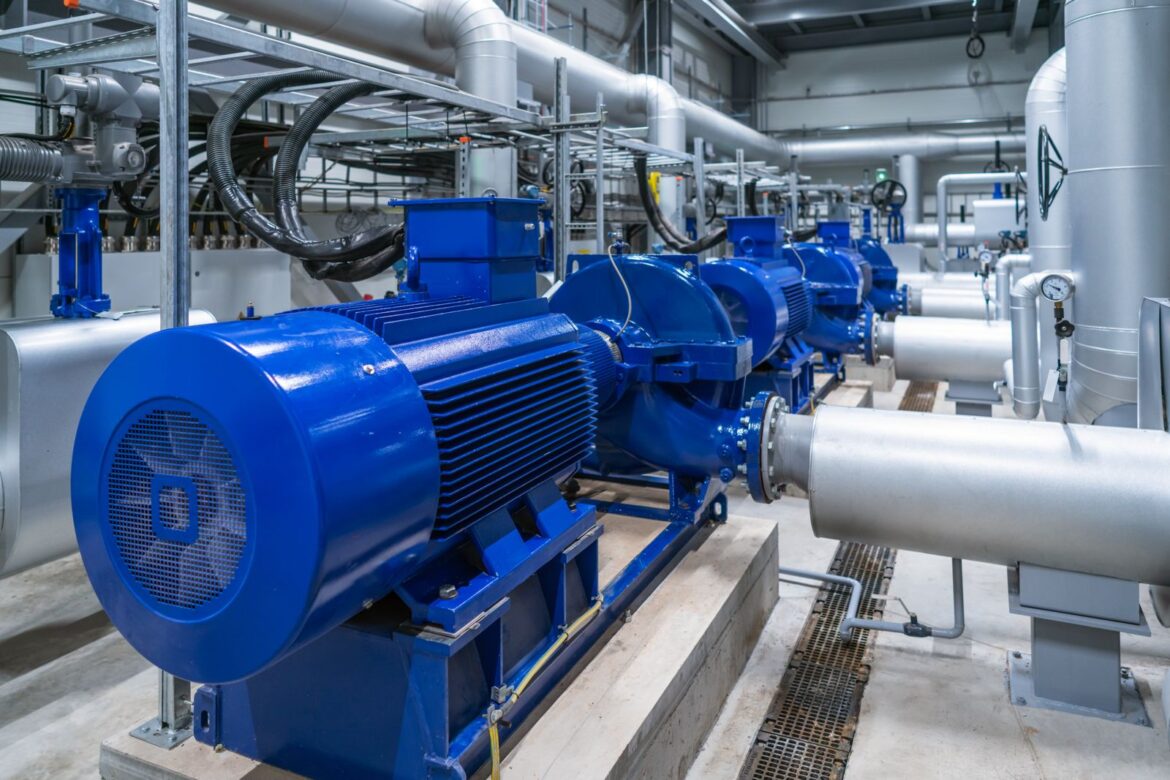As a manufacturer, you know that unplanned downtimes cost your organization millions. But then there is preventive maintenance supported by machine monitoring, which has become a cornerstone of operational reliability. After all, these two leverage real-time data and predictive analytics to minimize equipment failures, extend asset lifecycles, and optimize productivity.
That said, here we will explore how integrating machine monitoring into a preventive maintenance framework can drastically offer major advantages, such as transforming manufacturing resilience, reducing costs, and driving sustainable growth.
Understanding Preventive Maintenance and Machine Monitoring
Preventive maintenance is crucial to the manufacturing industry as it involves scheduled inspections, repairs, and part replacements to keep equipment running efficiently. However, historically, preventive maintenance solely relied on manual checks or time-based protocols. As you can guess, this approach often led to over-maintenance or missed failures—not ideal for any manufacturer.
Why Should You Choose ProManage Next-Gen MES Solutions in 2025?
Machine monitoring, on the other hand, is powered by IoT sensors and data analytics. This has revolutionized this approach to preventive maintenance by providing real-time insights into equipment health. After all, advanced sensors track variables like vibration, temperature, pressure, and energy consumption. And that’s not all. You have analytics platforms that detect anomalies and predict wear and tear. These tools enable maintenance teams to act before minor issues escalate into costly breakdowns.
The Benefits of Combining Preventive Maintenance with Machine Monitoring
The appeal of integrating machine monitoring with preventive maintenance is totally understandable, as it delivers measurable advantages. First and most importantly, it reduces unplanned downtime by identifying potential failures early, saving up to 20% in maintenance costs, and preventing production halts.
Second, this merging helps extend equipment lifespan. How does it do this? It ensures components are serviced only when needed and helps avoid unnecessary replacements.
Third, combining preventive maintenance and machine monitoring improves safety by detecting hazardous conditions, such as overheating motors or abnormal vibrations, before they endanger workers. Case in point: a packaging plant that uses vibration sensors on conveyor motors can actually replace bearings at the first sign of imbalance, helping to avoid a catastrophic failure during peak production.
In short, preventive maintenance and machine monitoring have many benefits. The only question is: Are you willing to embrace this combination to reap the advantages?
How Machine Monitoring Enhances Preventive Maintenance Strategies
Simply put, machine monitoring can significantly transform preventive maintenance from a calendar-driven task to a data-driven process. Sounds amazing, right? Well, it is. Real-time dashboards provide visibility into equipment performance, which allows teams to prioritize high-risk assets.
By the way, predictive analytics models also use historical and live data to forecast failure probabilities. This, of course, enables maintenance schedules to align with actual machine conditions rather than arbitrary timelines. For instance, an automotive manufacturer might monitor hydraulic press cycles and oil quality, scheduling maintenance only when data indicates degradation. This precision reduces spare parts inventory costs and ensures technicians focus on critical tasks.
Steps to Implement a Machine Monitoring-Driven Preventive Maintenance
If you have decided to implement both, you have made a great decision. But that is just one part, and it is important to understand that implementation needs to be strategically done. First, you need to audit existing equipment to identify failure-prone assets and retrofit them with IoT sensors. Next, you must integrate sensor data into a centralized platform that aggregates and analyzes information, such as ProManage’s MES solutions, which offer seamless IoT connectivity.
You must also train maintenance and operations teams to interpret alerts and act on insights, fostering collaboration between departments. Establish KPIs like Mean Time Between Failures (MTBF) and Overall Equipment Effectiveness (OEE) to measure success. Finally, iterate by refining predictive models based on real-world outcomes, ensuring continuous improvement.
ProManage: Your Partner in Smart Maintenance Solutions
ProManage’s Manufacturing Execution System (MES) and Manufacturing Operations Management (MOM) solutions can play a pivotal role in your digital transformation of traditional manufacturing plants into cutting-edge smart factories. After all, we seamlessly integrate Internet of Things (IoT) technologies, artificial intelligence, and augmented reality to enhance operational efficiency, enable real-time decision-making, and foster innovation across the production lifecycle.
With ProManage, manufacturers gain the tools to implement predictive maintenance strategies, optimize asset performance, and build a future-ready operations framework.

